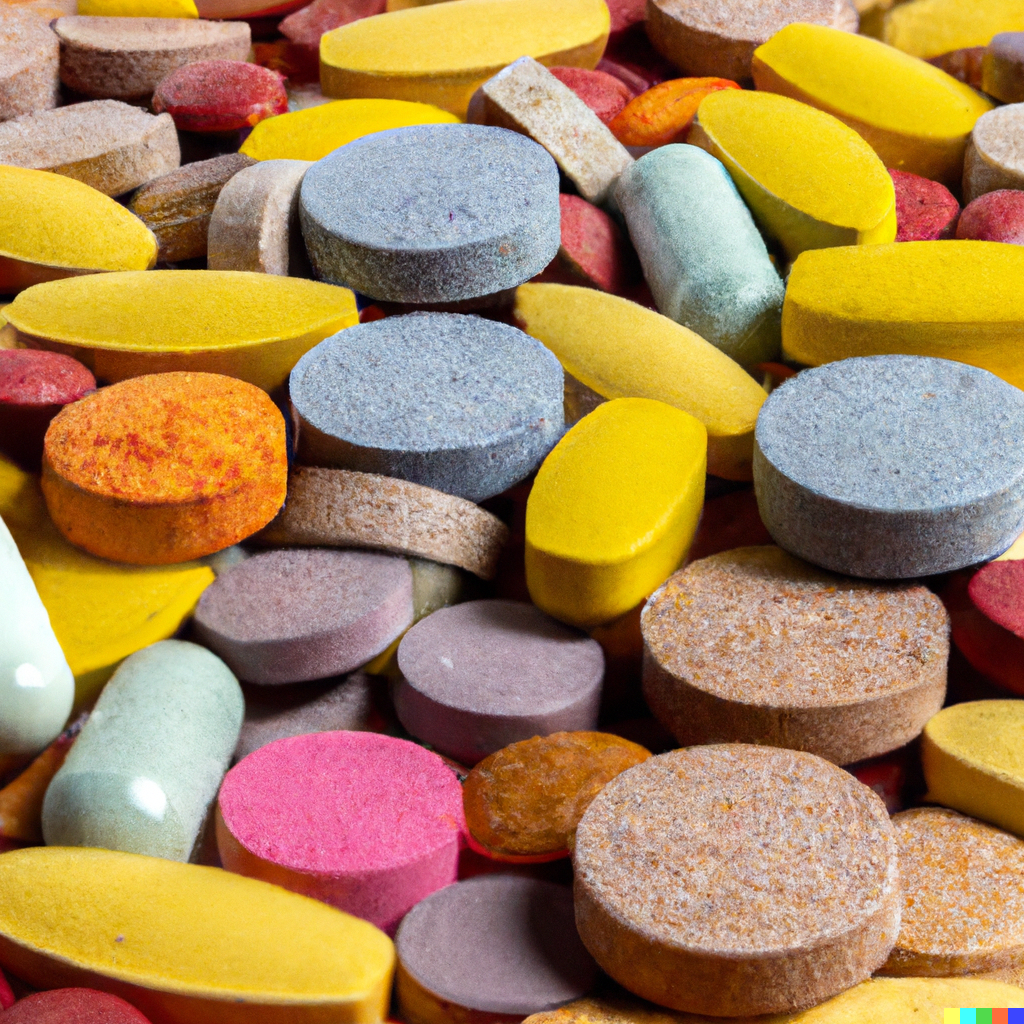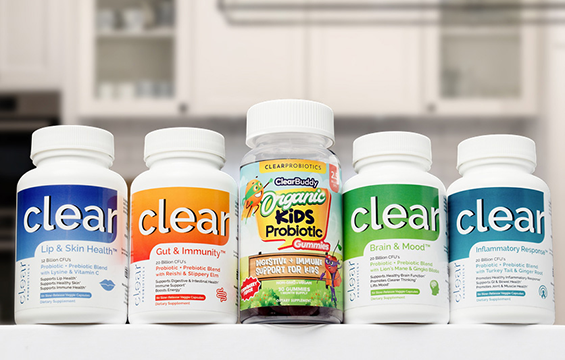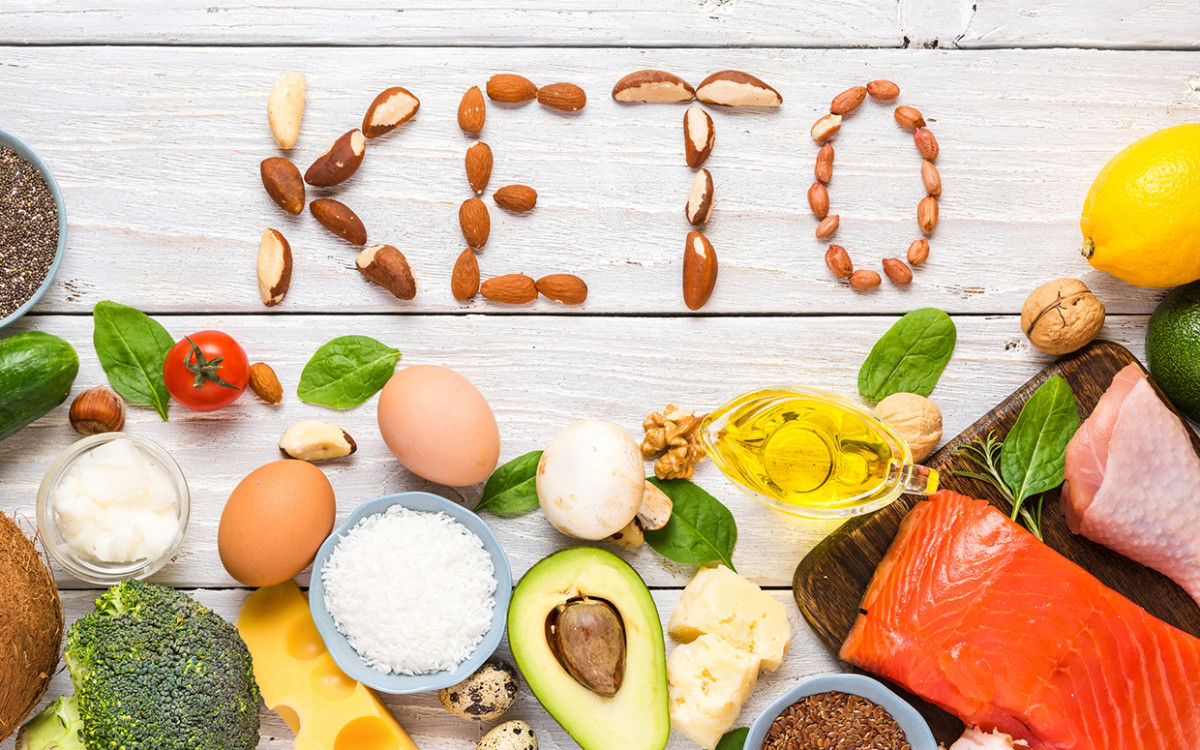Table of Contents
ToggleWhat’s the Difference Between Fiber and Probiotics?
Many health enthusiasts value both fiber and probiotics, but how do they differ? Let’s explore Fi first.
Fiber, a non-digestible carbohydrate found in plant foods like fruits, vegetables, and grains, aids in digestion.
It comes in two forms: soluble and insoluble.
Soluble fiber, found in oats, nuts, and some fruits, turns gel-like in the digestive tract, helping with cholesterol and blood sugar management.
Insoluble fiber, present in whole wheat, brown rice, and many vegetables, adds bulk to stools, preventing constipation.
On to probiotics: these are beneficial live bacteria and yeasts.
They support a balanced gut microbiome, our inner microbial community.
Natural sources include fermented foods like yogurt and sauerkraut, but they’re also available as supplements.
The most common strains come from the Lactobacillus and Bifidobacterium families.
In essence, while both fiber and probiotics support digestive health, fiber aids digestion and bowel movement, while probiotics balance our gut’s beneficial bacteria.

Can I Take Fiber and Probiotics Together?
In recent years, both fiber and probiotics have garnered significant attention for boosting our digestive health. But can we take these two powerhouses together?
The answer is a resounding yes! In fact, combining fiber and probiotics can work wonders for your gut health.
Together, they create a harmonious environment in your digestive system. By taking them together, you’ll be feeding those friendly bacteria with the fibers they need to thrive and multiply.
By consuming fiber and probiotics simultaneously, you’re essentially optimizing their effects.
Fiber helps create a favorable environment for probiotics to flourish while keeping your digestive system running smoothly.
It’s like providing a balanced diet to your gut ecosystem!
So whether you’re taking psyllium husk or wheat bran for fiber, or consuming yogurt or kefir for probiotics, rest assured that combining them will only enhance their benefits.
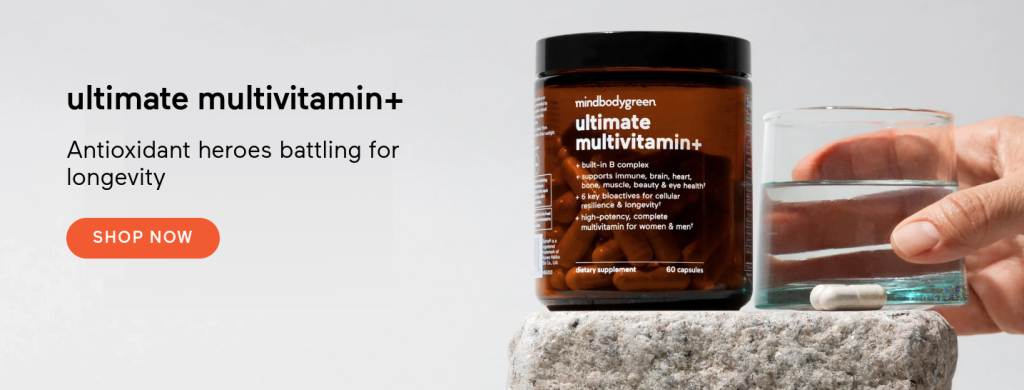
How Much Dietary Fiber Should We Consume?
The recommended daily intake of fiber varies depending on factors such as age, gender, and overall health.
Generally, adults should aim for a daily intake of 25 to 30 grams of fiber. However, it is essential to note that this is just a guideline, and individual needs may vary.
To determine your specific fiber requirements, it is crucial to consider factors such as your weight, activity level, and any underlying health conditions.
For example, if you are someone who engages in regular physical activity or has certain medical conditions like diabetes or heart disease, your fiber needs might be higher than the general recommendation.
In such cases, consulting with a healthcare professional or registered dietitian can provide you with personalized guidance tailored to your specific needs.
Meeting the recommended daily intake of dietary fiber can offer numerous health benefits.
| Age Group | Fiber Intake (grams per day) |
|---|---|
| Infants (0-12 months) | As per breast milk/formula |
| Toddlers (1-3 years) | 14 |
| Children (4-8 years) | 20 |
| Boys (9-13 years) | 25 |
| Girls (9-13 years) | 22 |
| Male Teens (14-18 years) | 31 |
| Female Teens (14-18 years) | 26 |
| Men (19-50 years) | 38 |
| Women (19-50 years) | 25 |
| Men (51+ years) | 30 |
| Women (51+ years) | 21 |
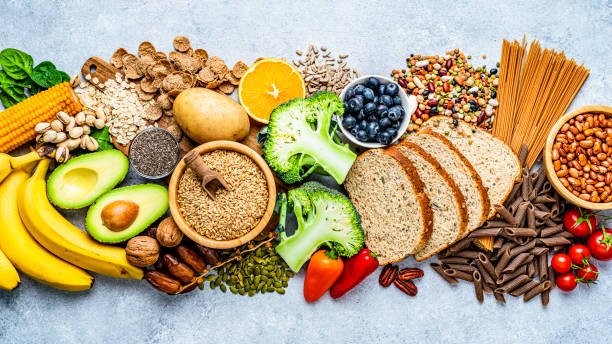
Two Types of Fiber: Insoluble and Soluble
Fiber is an essential component of a healthy diet, and it comes in two main categories: insoluble fiber and soluble fiber.
Understanding the differences between these two types can help you make informed decisions about your dietary choices.
Insoluble Fiber
As the name suggests, this one doesn’t dissolve in water.
It is mainly found in whole grains, vegetables, and fruits with edible skins or seeds.
This type of fiber adds bulk to your stool, promoting regular bowel movements and preventing constipation.
Insoluble fiber acts like a sponge in your intestines, absorbing water and making your stools softer and easier to pass.
Additionally, it provides a feeling of fullness after meals, which may aid in weight management.
Soluble Fiber
This type of fiber does dissolve in water and forms a gel-like substance when combined with liquid.
You can find this type of fiber in foods like oats, legumes (beans and lentils), certain fruits (like apples), and some vegetables (like Brussels sprouts).
It helps regulate blood sugar levels by slowing down the absorption of glucose into the bloodstream.
This can be particularly beneficial for individuals with diabetes or those at risk of developing it.
Furthermore, soluble fiber acts as a prebiotic by nourishing beneficial gut bacteria.
These bacteria ferment soluble fibers to produce short-chain fatty acids that contribute to gut health.
Do All Fibers Qualify as Prebiotics?
Well, the answer is not a simple yes or no.
While some fibers do possess prebiotic properties, not all fibers can be classified as prebiotic.
Prebiotics are like food for our good gut bacteria because they’re a type of fiber that our upper gut doesn’t digest.
When these fibers get to our lower gut, the good bacteria there chow down and create short-chain fatty acids like butyrate, propionate, and acetate.
But that doesn’t mean these fibers aren’t cool. They’re superstars in helping us stay regular and fight off constipation.
So, even though not all fibers are prebiotics, each type has its own special job in our digestive system.
To keep our guts happy, we need a mix of both soluble and insoluble fibers. It’s all about balance and giving our insides a variety of what they need!
Benefits of Taking Probiotics and Fiber Together
- Boosts Digestive Health:
- Probiotics and fiber work together to create a healthier gut environment.
- This combination reduces common digestive discomforts, like bloating and gas.
- Promotes Regular Bowel Movements:
- Fiber adds bulk to stools, ensuring more accessible and more frequent bowel movements.
- Together, they prevent constipation by softening stools.
- Enhances Nutrient Absorption:
- A thriving gut microbiome, supported by both probiotics and fiber, improves the digestion and uptake of nutrients from food.
- Strengthens the Immune System:
- With 70% of immune cells residing in the intestines, a healthy gut bolsters a stronger immune response.
- The combination amplifies the body’s defenses against pathogens and infections.
- Improves Survival and Effectiveness of Beneficial Bacteria:
- Fiber feeds probiotics, increasing their survival rate in the gut.
- Probiotics, when supported by fiber, colonize the gut lining more efficiently.
- Outcompetes Harmful Microorganisms:
- Probiotics introduce and bolster beneficial bacteria numbers in the gut.
- Fiber provides the necessary sustenance, allowing good bacteria to thrive and outcompete harmful counterparts.
- Enhances Overall Gut Health:
- Probiotics and fiber diversify and strengthen the gut microbiota.
- This combination offers comprehensive care, ensuring beneficial bacteria thrive in both numbers and strength.
The Importance of Fiber in Your Diet
Fiber is an often overlooked but essential component of a healthy diet.
One of the primary functions of fiber is to promote proper digestion.
It adds bulk to our stool, allowing it to move through the digestive tract more easily and preventing constipation.
This can be especially beneficial for those who struggle with irregular bowel movements or digestive issues.
Additionally, fiber acts as a prebiotic, providing nourishment for the good bacteria in our gut.
These beneficial bacteria help maintain a balanced microbiome, which is essential for optimal digestion and overall health.
Not only does fiber aid in digestion, but it also plays a significant role in managing weight and controlling blood sugar levels.
So, be mindful of the role fiber plays in maintaining a healthy digestive system, and consider incorporating it into your diet alongside probiotics for optimal gut health.
A Word from HealthyVibe
In wrapping up, the combination of probiotics and fiber supplements presents a promising avenue for those aiming to enhance their digestive health.
While no known adversities arise from their simultaneous intake, always prioritizing a discussion with your healthcare professional ensures you tailor your approach to your unique needs.
These supplements, each playing a critical role in bolstering gut health, become even more potent when taken together.
A commitment to consistency and attentiveness to your body’s responses can pave the way for a harmonious gut environment.
As you consider integrating these supplements into your daily regimen, remember that fostering a healthy gut is a multifaceted journey.
With the right choices, you can harness the combined power of probiotics and fiber, setting the stage for a healthier, happier you.
FAQ
How do fiber and probiotics differ?
While fiber represents undigestible carbohydrates in plant foods enhancing digestion, probiotics are live beneficial bacteria, commonly in fermented items, that bolster gut bacterial balance.
Should I combine fiber and probiotics?
Absolutely! Pairing fiber and probiotics amplifies their benefits. Fiber feeds probiotics, enriching the gut environment.
What’s the daily recommended intake of dietary fiber?
Adults typically benefit from consuming 25 to 30 grams of fiber daily. However, consult a nutritionist or doctor to tailor this based on individual circumstances.
Does every type of fiber serve as a prebiotic?
No, only specific fibers, like inulin and fructooligosaccharides (FOS), qualify as prebiotics. They uniquely nourish our good gut bacteria.
Why should I consider consuming both probiotics and fiber?
Together, probiotics and fiber supercharge gut health. Fiber provides sustenance for probiotics, enhancing digestive efficiency, nutrient uptake, and possibly strengthening immunity.

